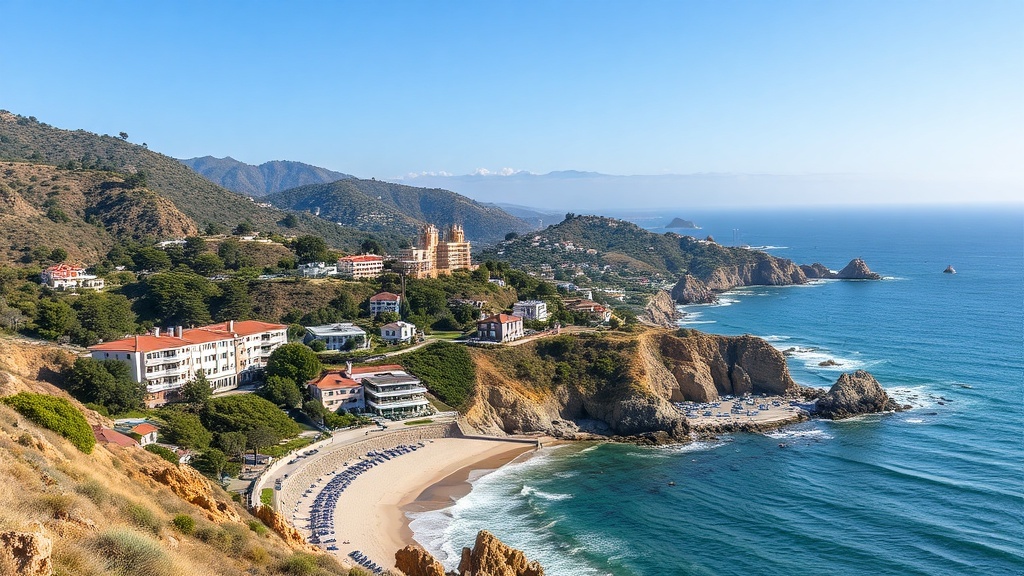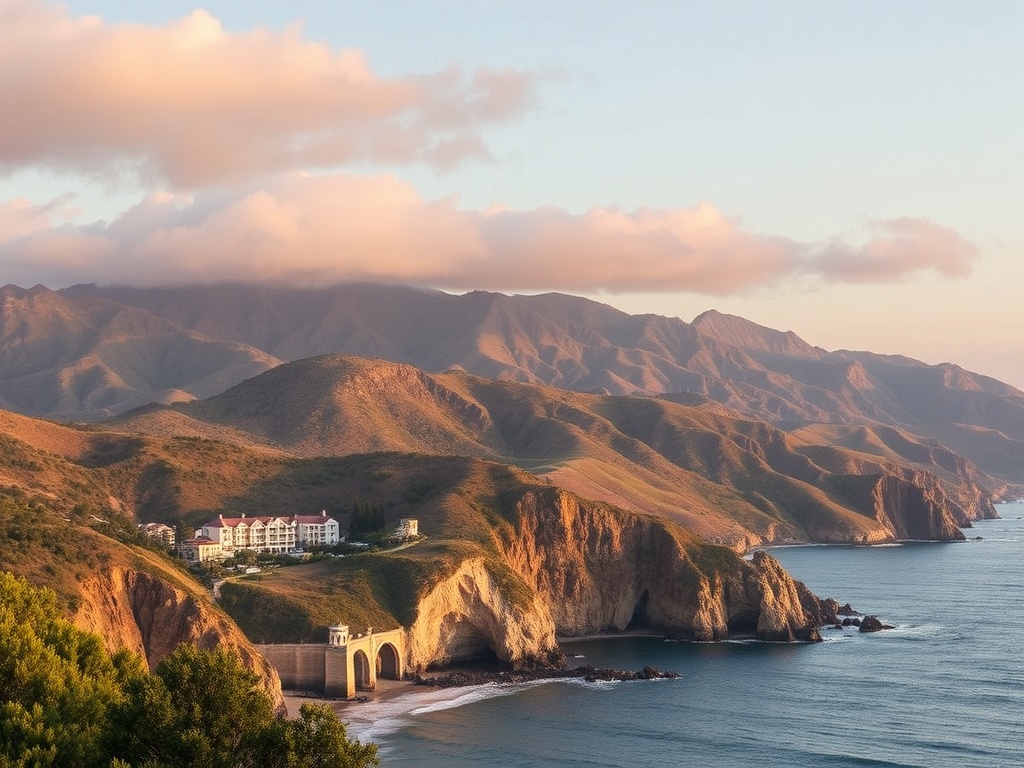What the SAG Awards Mean for Actors and Audiences
The SAG Awards, presented by the performers’ union, remain one of the industry’s most respected celebrations of acting craft. Because winners are chosen by fellow performers, these awards carry a particular prestige: they’re peer recognition for performances that moved colleagues, not just critics or the public.
How the process works
Nominations are selected by randomly chosen panels of eligible union members who specialize in film or television categories. After nominating committees submit their shortlists, the full voting membership casts ballots to determine winners. That two-step system gives the awards credibility while keeping the selection rooted in the community of working actors.
Categories that spotlight collaboration
Unlike many awards that focus solely on individual achievements, the SAG Awards highlight ensemble work. Categories include outstanding cast or ensemble in a motion picture and ensemble in television drama or comedy.
There are also individual acting honors across leading and supporting roles, plus recognitions for performances in TV movies and limited series. Stunt ensembles receive dedicated awards too, acknowledging the physical craft that often goes unseen.
Why the SAG Awards matter
– Peer validation: Being honored by fellow actors often means more to recipients than press or box-office-driven accolades.
– Industry influence: SAG winners frequently gain momentum during awards season and enjoy increased visibility for future projects.
– Celebration of craft: The emphasis on ensembles and supporting roles underscores the collaborative nature of screen storytelling.
Trends shaping the ceremony

Several ongoing shifts have reshaped what viewers can expect from the SAG Awards. Streaming platforms have expanded the pool of eligible performances, bringing a wider variety of roles and storytelling styles into contention. Red carpet moments continue to generate significant cultural conversation, with fashion and cause-driven statements drawing as much attention as the winners themselves. Acceptance speeches frequently touch on issues important to the acting community—representation, fair compensation, and workplace safety—reflecting how the ceremony has become a platform for both celebration and advocacy.
Viewing and coverage
The SAG Awards are broadcast by a major network and are often available across streaming platforms and social channels. Coverage extends from pre-show red carpet analysis to post-show reaction pieces, making it easy for fans and industry watchers to follow nominees, winners, and standout moments in real time.
What to watch for
– Breakout performances: The awards often shine a light on emerging actors whose work resonates with peers.
– Ensemble strength: Pay attention to tight, well-balanced casts—these ensembles often outperform star-studded but uneven productions.
– Stunt recognition: Stunt ensemble awards are increasingly celebrated as audiences and professionals call for broader recognition of stunt work and safety standards.
Tips for following the SAG Awards
– Track nominees early: Following nominations gives insight into buzz and possible favorites.
– Follow industry commentators: Actors, casting directors, and critics provide useful context during the lead-up and live coverage.
– Watch speeches: Acceptance speeches often reveal industry priorities and can spark broader conversations about the future of film and television.
The SAG Awards remain a vital part of the entertainment calendar because they celebrate the people who bring stories to life.
For industry insiders and viewers alike, the ceremony offers a focused, peer-driven look at the performances that define the moment.








